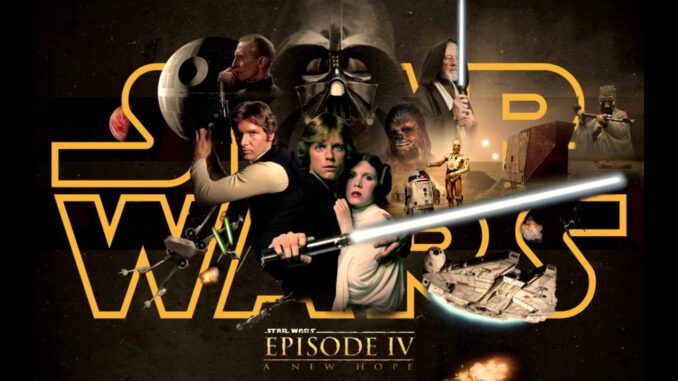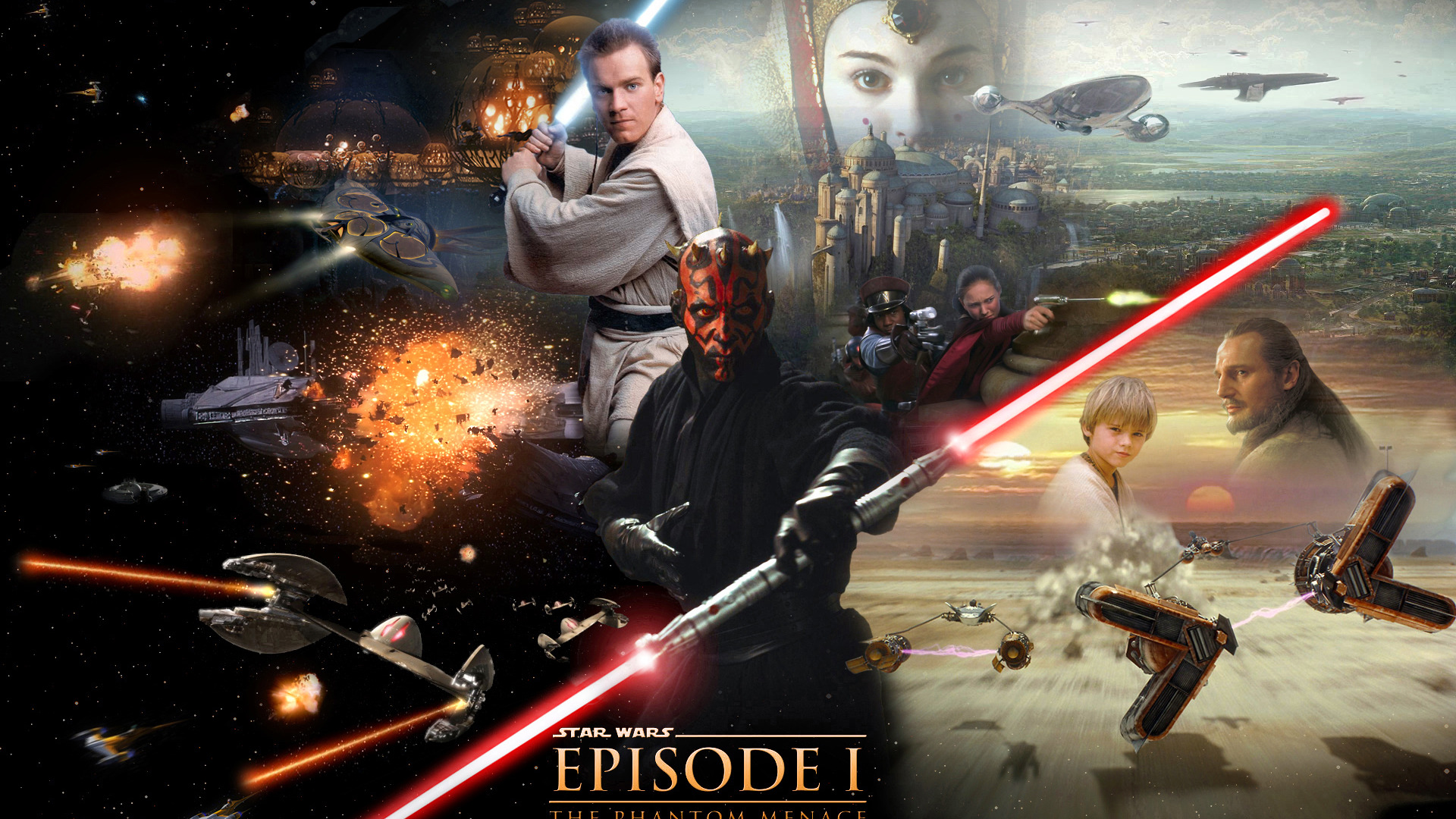
Why Attack of the Clones is the Most Underrated Star Wars Movie
Attack of the Clones drew scorn for its overpacked plot and expository dialogue. But it also laid the groundwork for the future of the Star Wars saga.

Mainstream franchises like Star Wars face resistance when trying to evolve, often dividing fanbases between nostalgia and modernity.
Star Wars: Episode II – Attack of the Clones received mixed reviews due to exposition, awkward dialogue and an overstuffed plot.
Despite initial backlash and criticism, the film became a crucial stepping stone for the Star Wars franchise’s development and success.
Big franchises like Star Wars must endure pushback with new entries, which often differ from their predecessors in key ways. A movie or TV show created decades after the original is bound to disappoint at least some segment of the fanbase. Either it speaks to the new issues and mores of the era (effectively alienating some older fans who feel it’s changed too much) or it remains nostalgic to the point where younger fans dismiss it as too dated. Most of the larger IPs in pop culture have grown accustomed to weathering such debates. In many cases, the controversies fade with the passage of time, as hotly debated second-wave efforts themselves become the subject of fond nostalgia, and all but the most egregious sins are forgiven.
The Star Wars prequel trilogy is a prime example of the kinds of scorn franchise projects sometimes have to get through in order to reach their beloved status. At the time, they were castigated for their clunky dialogue, kid-friendly plots, and regrettable sidekick choices. But time has mellowed those critiques, and while they’re not strictly wrong, the prequels are now celebrated for their strong points rather than slammed for their weak ones. Star Wars: Episode II – Attack of the Clones, in particular, now serves as one of the pivotal moments in the saga by launching The Clone Wars and sending several important characters down paths from which they could not return. At the time, it was derided as a weak link in the franchise. Today, much of the existing franchise owes it a debt.
Jango Fett Could’ve Fixed Attack of the Clones’ Biggest Problem
While Attack of the Clones stands as one of the most derided Star Wars films, it might have been saved by paying off Jango Fett and Obi-Wan’s rivalry.
The pop-culture landscape was much different in 2002 when Attack of the Clones first opened. The internet was still largely in its infancy, and channels of discourse were demonstrably fewer. Franchises were largely looked down upon, with original ideas (however derivative) still championed over perceived sequel-heavy studio product. CGI was also still novel enough for elites to sniff at, instead of the default for most blockbusters in some form or another. That presented Attack of the Clones with headwinds it couldn’t possibly have overcome by leaning heavily into CGI, and becoming a notable early example of screening a film digitally instead of using more traditional projectors.
On top of that came the less-than-sterling reputation of Star Wars: Episode I – The Phantom Menace, which was aimed at a younger audience and suffered from many of the issues indicative of the franchise as a whole. Those issues soon carried over into Attack of the Clones and even Star Wars: Episode III – Revenge of the Sith, which further battered its reputation. Some of the criticism remains valid. Lucas has always been a better visual storyteller than a screenwriter, and the dialogue in Attack of the Clones is nothing to write home about. The love story between Anakin Skywalker and Padmé Amidala isn’t what it could be either. Hayden Christensen is an absolute master at showing Anakin’s rage and hubris, as subsequent performances as the character have proven. Still, he lacks romantic chemistry with his costar Natalie Portman. Figures like Bail Organa have very little screen time, and certain events lack the context of future entries to indicate their importance.
Other components of the film have aged better with time, but earned a lot of head-scratches at the time of release. That includes things like Obi-Wan’s friend Dex Jettster, who works in a diner on Coruscant and feels like he wandered in from a different movie. Over the years, he’s become positively endearing as part of Star Wars’ more eccentric side that helps give the franchise its charm. In 2002, fans had a much harder time seeing a figure so playful in a movie ostensibly about the lead-up to war. Similarly, the film’s way of shooting events at the audience can make it feel overwhelming.
